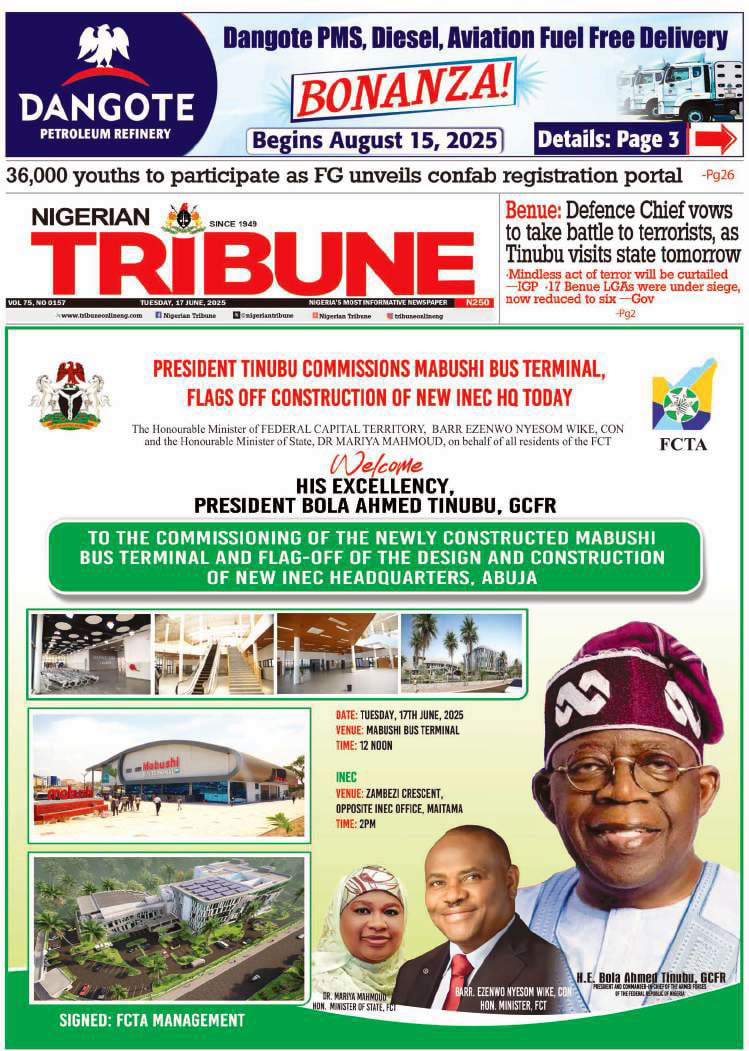In every successful product organization, the unseen threads that bind design, engineering, marketing, sales, and support into a cohesive tapestry begin with the roadmap. Yet a roadmap is far more than a mere sequence of features or a timeline of deliverables, it is a strategic manifesto, a shared vision of the future that demands more than top-down directives or simple project management. To align cross-functional teams around this unified document requires purposeful orchestration of communication, empathy, and governance, ensuring that every stakeholder, from the lead architect wrestling with complex technical debt to the head of customer success negotiating churn risks, feels both heard and invested in the collective journey.
The first stirrings of alignment emerge in the crucible of shared context. Before individual teams can commit to the roadmap’s contours, they must understand the market realities, user insights, and business imperatives that shaped its creation. This means casting aside isolated presentations in favor of immersive strategy sessions where data scientists reveal usage patterns alongside heartfelt customer narratives, product managers articulate success metrics in dialog with frontline sales representatives, and designers showcase early prototypes that bring abstract goals to tangible life. In these collaborative settings, disparate perspectives converge, forging a mutual comprehension of why certain initiatives matter, whether it is securing entry into a new vertical, reducing critical security risks, or cultivating a viral referral loop that powers sustainable growth.
Yet shared context alone only lays the foundation. True alignment demands that each team’s roadmap contributions and constraints be explicitly recognized and respected. Engineering teams often grapple with legacy architecture that resists rapid change, while marketing squads may be working against looming trade-show deadlines that necessitate advance content readiness. By zoning in on these dependencies, product leaders can negotiate realistic timeframes and build intentional “bake-in” activities, such as dedicated architecture sprints or content development workshops, that sit alongside feature work. When these auxiliary efforts appear on the same living roadmap, it signals respect for every discipline’s unique rhythm and ensures that commitments are synchronized rather than siloed. The clarity of who owns what, and when, eliminates the hidden handoffs that so often delay launches and breed frustration.
Once responsibilities are transparent, fostering continuous communication becomes the animating force of alignment. Weekly or bi-weekly roadmap reviews, ideally structured as a two-way dialogues, invite teams to spotlight emerging risks, pivot priorities based on fresh intelligence, and celebrate early wins that underscore collective momentum. These gatherings thrive on brevity paired with focus. Each department brings forward one or two critical updates tied directly to strategic objectives, while the entire group engages in solution-oriented discussion rather than finger-pointing. Over time, these ritualized checkpoints cultivate trusting relationships, so that when an unexpected technical challenge or a sudden market shift arises, teams instinctively rally around problem solving rather than retreating into defensive posturing.
Governance mechanisms must evolve in parallel with communication cadences. A unified roadmap cannot endure as a static artifact frozen in time. It must flex in measured ways that preserve coherence and avoid reactionary chaos. Establishing a lightweight change-control process, or “guardrail” framework, helps determine which minor adjustments can be made within teams’ autonomy and which require cross-functional approval. For example, product managers might be empowered to shuffle low-risk backlog items if they yield better customer feedback, whereas any changes that impact go-to-market timing or resource allocation trigger a brief steering-committee review. Crucially, these guardrails should reinforce accountability rather than bureaucracy.
Beyond process, the emotional dimension of alignment cannot be overstated. Roadmap buy-in flourishes when teams see themselves reflected in the overarching narrative and when their contributions are celebrated on equal footing. Leaders can amplify this sense of belonging by weaving success stories into internal communications, highlighting how an innovative database optimization led by the backend team unlocked a new revenue stream, or how a UX tweak championed by customer support resolved a persistent friction point.
Recognition can be a simple shout-out in an all-hands meeting or a dedicated “Great Roadmap Moment” section in the weekly announcements reinforces the message that the roadmap is a shared creation, not a diktat from on high.Technology, too, plays a vital supporting role in maintaining alignment.
Modern roadmap tools that integrate real-time analytics, comment threads, and dependency maps become digital equivalents of the war-room walls found in agile teams of old. When every stakeholder can log in, tag colleagues, and surface live data on progress or blockers, the friction of manual updates disappears and transparency becomes the norm. Moreover, linking roadmap items directly to source control branches, design mockups, or customer support tickets creates seamless traceability.
Teams gain instantaneous clarity on how their work propagates through the entire ecosystem. This interconnectedness expedites decision-making amd fosters a culture of shared ownership, since the path from idea to delivery is laid bare for all to see.Ultimately, the heartbeat of alignment is measured in the rhythms of collaboration and collective momentum.
When cross-functional teams truly align around a unified roadmap, releases become less about firefights and more about orchestrated crescendos that deliver coherent value to customers. The once-rumbling tension between speed and stability gives way to integrated planning where risk is mitigated through early technical prototyping and marketing is woven seamlessly into the launch narrative. Customers, in turn, experience cohesive journeys that reflect a holistic understanding of their needs rather than jarring feature drops or misaligned messaging.In the end, the art of aligning cross-functional teams around a unified roadmap is a continuous endeavor rather than a one-time event. It demands strategic clarity, process discipline, emotional intelligence, and modern tooling. By grounding every roadmap decision in shared context, explicitly mapping team contributions, sustaining open communication, enforcing lightweight governance, celebrating collaborative victories, and leveraging integrated technologies, product leaders cultivate an environment where alignment thrives naturally. Under such conditions, the roadmap ceases to be a static plan and transforms into a living manifesto: a beacon that guides diverse talents toward a common horizon, inspiring innovation and driving collective success day after day.






